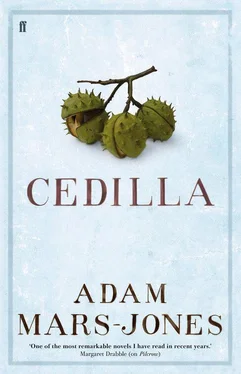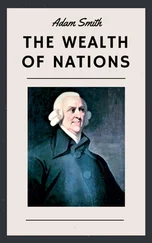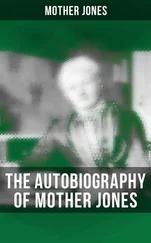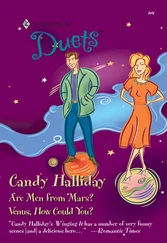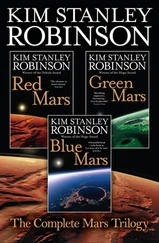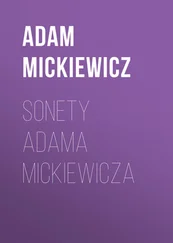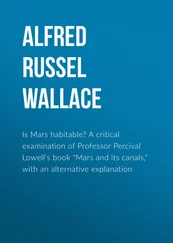I could only hope the mountain would not take my shoes. Having to approach Arunachala without them would inspire dismay rather than reverence, and result in complication rather than simplicity.
When we resumed our journey again I recovered my composure and even worked out why we had been going wrong. I had been paying too much attention to the first half of the elegant arabesques on the card. In unfamiliar language and an unknown script there’s no way to sift out irrelevancy. The meaningful elements don’t stand out.
Now I asked Raghu if the word ‘Tiru’ had an actual meaning in Tamil, and he replied, ‘I believe it means “Sacred”.’ So! In this spiritually irradiated territory I was behaving like a visitor to Cornwall confidently following any sign with ‘St’ written on it in expectation of reaching St Ives. Raghu and Sumati shouldn’t have given me so much credit as a pathfinder, but I think in those days Westerners in general were assumed to excel in practical matters.
From this point on I started to give a more intensive attention to the right-hand portion of the place name on the card. Things started to look up. I persuaded myself that the shapes at the end of the word resembled a cobra raising its head to strike, and that I would be able to recognise it immediately the next time I saw it.
Soon we came to a town which was familiar to Raghu, which was three-quarters of the way to Tiruvannamalai. It was called Sen-Jee, though also known as ‘Gingee’, which was as close as the lazy British vocal apparatus could get to the Tamil name. The imperialist approximation was still current locally — not all relics of the Raj could be eradicated as easily as an alphabet from a signpost. Sen-Jee (as I tried to call it right away, anxious to show that my post-Imperial tongue was ready for any and all flexing) must once have been enclosed by its wall, and still boasted a magnificent fort, on top of a scrabble of rocks that Raghu said had been ‘cast by a giant hand’.
On the way out of Sen-Jee the wall persisted across the road itself, so that we drove through a gate. It did my heart good to know that we had broken the back of the journey, and I started to scan the horizon for the shape I had seen in so many dreams. Soon I felt a jump in my heart. I sang out, ‘Oh look! Arunachala … There it is!’
Raghu chuckled indulgently at my beginner’s mistake. ‘No John, that is not Arunachala. We are too far away. It is very similar, though, as a lot of these mountains are. You do not need to be on the edge of your seat just yet!’
It was a mortifying moment. I hated to be playing the part of the Credulous Tourist, who on first seeing the White Cliffs of Dover exclaims that he can make out the spires of Harrods twinkling in the distance.
Sumati said something from the back which Raghu didn’t translate but which I heard as the equivalent of ‘Have a heart, Arthur! Don’t throw cold water on the poor boy’s faith!’
I accepted in my social self that what I saw was not Arunachala, although its contour fitted my dreams so well. I believed Raghu because he was Indian and this was his country, not mine, but in spite of his authoritative Indianity, I had some irrepressible instinct of recognition.
The feeling grew as we continued our journey, and the supposed not-Arunachala grew bigger and bigger, and again I piped up: ‘But it must be Arunachala! You said it wasn’t, Raghu, but I’ve kept my eye on the outline all the time, and it got bigger and bigger and look !’
I had by now grown used to the strange curls which spelt out ‘Tiruvannamalai’. Three times we had gone astray to follow the will-o’-the-wisp of ‘Tiru…’, but now the ‘…vannamalai’ with its rearing serpent had fully lodged itself into my brain. In front of us another signpost loomed, with the swaying cobra rising up at the end of the word, looking as if it was about to swoop down at us and spit.
When Sumati spoke again from the back of the car I felt certain that I could follow the gist of what she had been saying. I knew no Marathi but I could tune into her heart. It was something along the lines of, ‘There, didn’t he tell you so? True faith sees further than the eyes can …’
A welcome mat the size of the sky
The town was indeed Tiruvannamalai, and we had arrived at Arunachala, but I don’t mean to say that Raghu was wrong. Our perspectives are perfectly compatible. Nothing could be easier for Arunachala than to project himself a little further on that day, for the benefit of a pilgrim who was beginning to despair of his welcome and, as it turned out, would still find some obstacles put in his way. The mountain can be a perfect gentleman.
Sermons in my schooldays had never satisfactorily explained the Trinity, except by way of a solar analogy (the Sun, the Sun’s light, the Sun’s heat, triple and indivisible). Yet I didn’t have the slightest difficulty in understanding the guru, the God and the mountain, Ramana Maharshi, Shiva and Arunachala, as emanations of each other. What was true of one was true of all, and I knew that Ramana Maharshi would sometimes take great pains to offer a devotee darshan , the word which denotes a formal manifestation of presence, spiritual grace as it is offered to the eye.
There was one occasion, for instance, when it was noticed that Ramana Maharshi had changed his morning routine. He no longer brushed his teeth in the same place, but moved, while he agitated the appropriate twig in his mouth, a little distance away.
It was a minor mystery, with the disciples wondering why he had changed the pattern of his days. (‘Disciple’ seems to outrank ‘devotee’, but their relative status is unclear. The greater susceptibility to ego tends to mark the disciple down.) Only much later did it become known there was a devotee who had sought her guru’s presence on a daily basis but was no longer able, by reason of age and bodily stiffness, to climb the mountain to where a view might easily be had. It certainly seemed to her that Ramana Maharshi took those few steps to supply the darshan she so much desired. He himself, as befits a mountain, made no comment.
So if Arunachala graciously bowed in my direction, it had nothing to do with merit on my part. It was the apotheosis of good manners, a welcome mat the size of the sky.
Somehow we found our way to Mrs Osborne’s house, which Raghu said was called ‘Aruna Giri’. There was a strange pale-skinned figure on the verandah, leaning over something with a tool in her hand. She didn’t look round at the sound of the car, or even when we pulled up by the house. She seemed to be in a trance. Then a young woman ran up from the garden and pulled at her sari, and she looked round rather abstractedly.
When she came towards us it gave me a real shock. Could this really be Mrs Osborne? Surely this twisted old lady, this hunchback, must indeed be a witch rather than a beacon for spiritual travellers. She seemed better suited to manhandling lost children into ovens than helping pilgrims to their destination. She was wearing a white sari rather than a black cloak, but that seemed a minor detail, the witch’s summer plumage. The servant girl ran into the house.
When the old lady spoke she made it worse. She came awkwardly down the steps of her house and peered into the car. I suppressed my fear, made myself perk up and stretched out what I could of my hand with a well-brought-up ‘How do you do ?’ I was trying to mimic Granny’s technique of imposing herself by manners.
She completely ignored my gesture, and then exclaimed, almost with disgust, ‘But Raghu, you have brought ush a child ! Look at him! How can I poshibly cope with a shituation like thish?’ Mrs Osborne had seemed completely English on the page, in the letters she wrote to me, but when she opened her mouth she had one of the thickest accents I had ever heard. Thanks to my experience talking to Barbara Broier’s gruff dad in Cookham, who pronounced r as g , I was able to work out that she was Polish, but her accent was thicker even than Barbara’s dad’s. These were not by any interpretation the sounds of welcome. All those hostile sibilants, those eshesh , made me forget how much I actually liked snakes.
Читать дальше
